Taper Time: How Does It Affect The Body?
Taper Time: How Does It Affect The Body?
In this in-depth look at how swimmers should approach their tapers physically, we'll break down how tapering changes your body, when it should start, and what methods you can use.
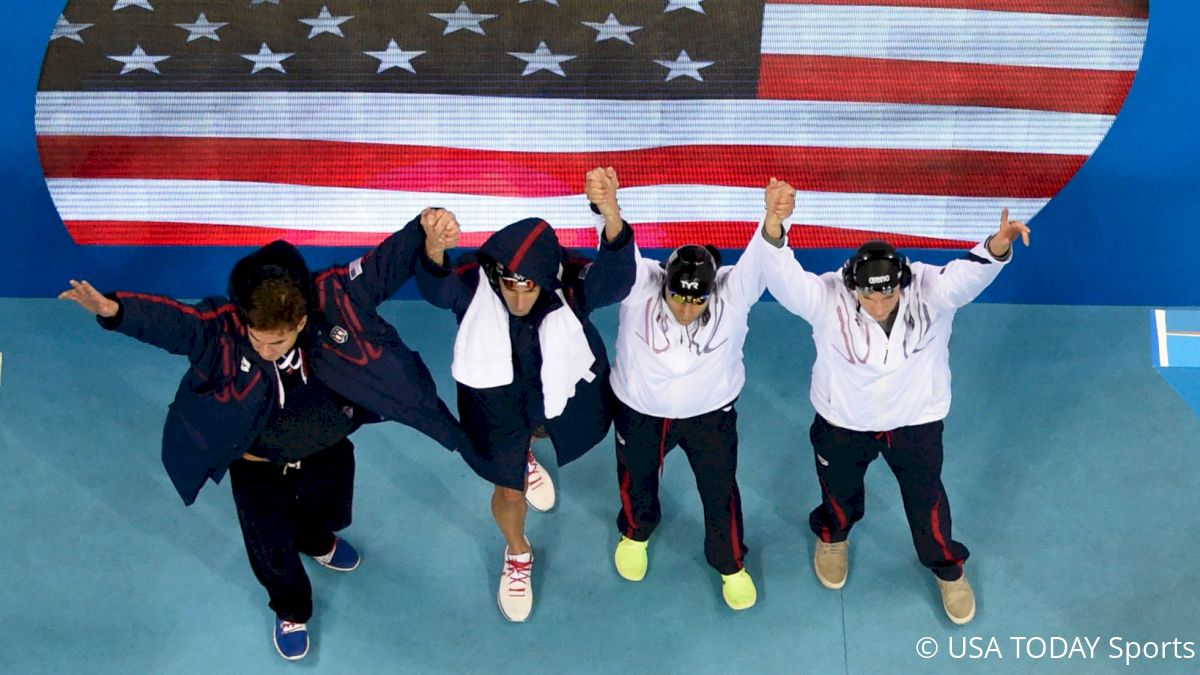
In part I of a two-part series, former Stanford rower and U.S. junior national triathlete Andrew Gyenis, who currently trains at Virginia's Machine Aquatics, examines the physical effects of taper for athletes.
Taper. It's a sacred word for athletes across many sports. It signifies the approach of a big competition, a time to show off the hours of hard work you and your team have logged in preparation, and it's a time when your mind and body start to feel refreshed after grinding through workouts for months on end.
But what is taper? It's a word that has taken on a mystical quality in the swimming community within the past decade, as if it's heresy for someone to swim fast at a meet when they aren't tapered. Many have tried, but the art of the taper still hasn't been mastered by any individual or coach, which is why it's such an interesting topic to discuss. One technique that works great for your teammate might make you feel like a rock in the water at your big meet, so it's important for individuals to experiment and work towards the best solution for their own body and mind.
The effects of tapering can be divided into two categories: physical and mental. In this in-depth look at how to approach your taper physically, we'll break down how tapering changes your body, when it should start, and what methods you can use.
However, taper isn't a simple checklist to complete during practice. It requires an athlete's attention and focus around the clock leading up to a big competition. This includes ensuring you are getting the proper amount of rest, adequate nutrition, dynamic stretching, warm-ups and race visualization in the weeks prior to racing.
Regardless of the sport or endurance demands, a fact everyone should unanimously agree on is that tapering should be a time for increased specialization for an athlete. Not every taper should be the same, because each athlete has different strengths, weaknesses, and goals. For example, I need at least 1,500 yards of warm-up before my body is properly prepared to do race-pace sets, whereas I have teammates who are more sprint-oriented who will do between 800-1,000 yards before they are ready to swim at race pace. The onus is on the athlete and his or her coach to experiment and figure out the system that works best for them.
There is also a trend around the country that as athletes gets older, they need more time to physically taper. From talking to age group coaches across a range of LSCs (Local Swimming Committees), they will typically have their athletes begin their taper 1-1 1/2 weeks out from their big meet, whereas most college and professional groups I have talked to start dropping their yardage 2-3 weeks out from their big meet. I believe this is due to the decreased muscle mass of age group swimmers, higher intensity training blocks in college and professional groups, and age group swimmers having faster physical recovery times due to their bodies still developing.
It's important to keep in mind that there is no singular solution for tapering but rather a constantly evolving process that will continue to improve with a better understanding of your own body. Stay tuned for the second part of the series which will delve into the mental side of tapering.
By Andrew Gyenis
Taper. It's a sacred word for athletes across many sports. It signifies the approach of a big competition, a time to show off the hours of hard work you and your team have logged in preparation, and it's a time when your mind and body start to feel refreshed after grinding through workouts for months on end.
But what is taper? It's a word that has taken on a mystical quality in the swimming community within the past decade, as if it's heresy for someone to swim fast at a meet when they aren't tapered. Many have tried, but the art of the taper still hasn't been mastered by any individual or coach, which is why it's such an interesting topic to discuss. One technique that works great for your teammate might make you feel like a rock in the water at your big meet, so it's important for individuals to experiment and work towards the best solution for their own body and mind.
The effects of tapering can be divided into two categories: physical and mental. In this in-depth look at how to approach your taper physically, we'll break down how tapering changes your body, when it should start, and what methods you can use.
Physical Effects
The verb "to taper" is defined as the act of becoming smaller or thinner toward one end. For athletes, that "end" is the championship competition. During taper, an athlete will decrease their training volume and intensity in order to reduce the accumulated effects of fatigue caused by an extended period of hard training. The physiological changes in athletes that have occurred during research studies include increases VO2 max, increases in anaerobic threshold, increases in muscular power in the water, and increased testosterone levels.However, taper isn't a simple checklist to complete during practice. It requires an athlete's attention and focus around the clock leading up to a big competition. This includes ensuring you are getting the proper amount of rest, adequate nutrition, dynamic stretching, warm-ups and race visualization in the weeks prior to racing.
Regardless of the sport or endurance demands, a fact everyone should unanimously agree on is that tapering should be a time for increased specialization for an athlete. Not every taper should be the same, because each athlete has different strengths, weaknesses, and goals. For example, I need at least 1,500 yards of warm-up before my body is properly prepared to do race-pace sets, whereas I have teammates who are more sprint-oriented who will do between 800-1,000 yards before they are ready to swim at race pace. The onus is on the athlete and his or her coach to experiment and figure out the system that works best for them.
When To Start?
The first question of controversy is how far out from a competition should athletes begin their taper and how that timeline should change based on the endurance level of an athlete's competition schedule. Past research suggests it is more important for endurance athletes to maintain high intensity in their training to retain gains in VO2 max following a period of hard training. Sprinters generally have greater muscle mass and spend a larger proportion of their time on dry-land training and thus need more time for their muscles to completely recover following their final intense workouts. Endurance athletes have the difficult task of maintaining their aerobic fitness levels while still allowing their bodies to recover.There is also a trend around the country that as athletes gets older, they need more time to physically taper. From talking to age group coaches across a range of LSCs (Local Swimming Committees), they will typically have their athletes begin their taper 1-1 1/2 weeks out from their big meet, whereas most college and professional groups I have talked to start dropping their yardage 2-3 weeks out from their big meet. I believe this is due to the decreased muscle mass of age group swimmers, higher intensity training blocks in college and professional groups, and age group swimmers having faster physical recovery times due to their bodies still developing.
Taper Methods
Linear Taper
The most common form of taper is called a linear taper, in which yardage is gradually reduced by 10 percent per practice leading up to a competition. This means if a typical tough practice for a group is 8,000 yards, the first day of taper will be roughly 7,200 yards, the second will be roughly 6,480 yards, etc. Research suggest a total decrease of 60-80 percent of volume from a normal practice is the most effective linear taper. By the last couple of days of taper, most college and pro programs are just splashing around in the water for a few minutes and doing a couple of dive starts or pace 50s. The best athletes will be relaxed and enjoying themselves in the warm-up but will switch to a laser focus for those couple of minutes of dive starts or pace work.Step Taper
The other less common form of taper is called a step taper, which is more popular with endurance athletes. A step taper has a steep drop off of yardage beginning about 4-5 days out from a competition. Athlete will continue with their normal training schedules with lots of race-pace efforts until 4-5 days out and then immediately cut off over 50 percent of their normal volume and intensity. The goal for this type of taper is to allow an athlete to maintain aerobic fitness levels for a race while still giving the muscles and mind a few days of recovery before a competition. Distance athletes, more so than sprinters, are known for being able to swim best times at meets with little physical rest, as we've seen with Katie Ledecky countless times over the years.Why It's Necessary
This whole taper stuff is great, but how much does a proper taper help an athlete? A systemic review and meta-analysis from a selection of 27 studies in competitive athletes found that the average improvement in performance was roughly 2 percent. That's the difference in going a 19.6 in a 50-yard freestyle instead of a 20.0, which if you're a sprinter, you know that that is a big deal. This study confirms that a correct taper is essential for an athlete to perform at his or her highest level.It's important to keep in mind that there is no singular solution for tapering but rather a constantly evolving process that will continue to improve with a better understanding of your own body. Stay tuned for the second part of the series which will delve into the mental side of tapering.
By Andrew Gyenis
Related Content
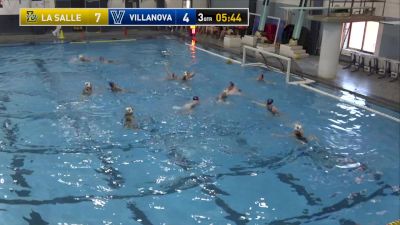 Replay: Le Salle vs Villanova - WWP - 2024 La Salle vs Villanova | Apr 7 @ 3 PM
Replay: Le Salle vs Villanova - WWP - 2024 La Salle vs Villanova | Apr 7 @ 3 PMApr 7, 2024
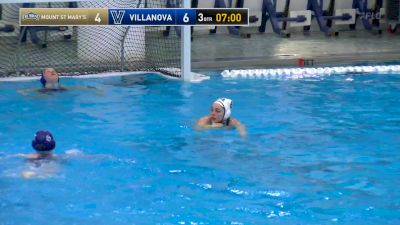 Replay: Mount St. Mary's vs Villanova - WWP - 2024 Mount St. Mary's vs Villanova | Apr 6 @ 7 PM
Replay: Mount St. Mary's vs Villanova - WWP - 2024 Mount St. Mary's vs Villanova | Apr 6 @ 7 PMApr 7, 2024
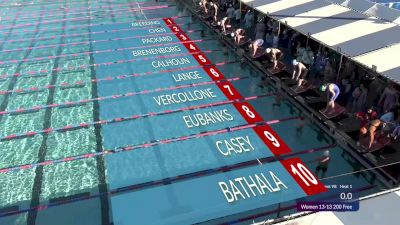 Replay: Finals - 2024 ISCA East Coast Elite Showcase | Apr 6 @ 4 PM
Replay: Finals - 2024 ISCA East Coast Elite Showcase | Apr 6 @ 4 PMApr 7, 2024
 Replay: Prelims Locker Side - 2024 ISCA East Coast Elite Showcase | Apr 6 @ 8 AM
Replay: Prelims Locker Side - 2024 ISCA East Coast Elite Showcase | Apr 6 @ 8 AMApr 6, 2024
 Replay: VMI vs Villanova - WWP - 2024 VMI vs Villanova | Apr 6 @ 11 AM
Replay: VMI vs Villanova - WWP - 2024 VMI vs Villanova | Apr 6 @ 11 AMApr 6, 2024
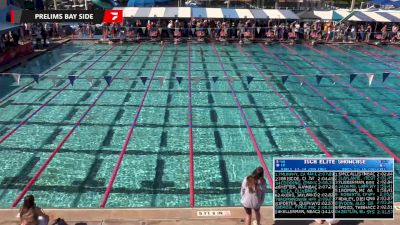 Replay: Prelims Bay Side - 2024 ISCA East Coast Elite Showcase | Apr 6 @ 9 AM
Replay: Prelims Bay Side - 2024 ISCA East Coast Elite Showcase | Apr 6 @ 9 AMApr 6, 2024
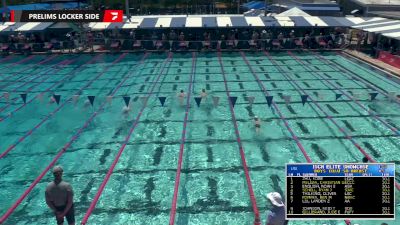 Replay: Prelims Locker Side - 2024 ISCA East Coast Elite Showcase | Apr 5 @ 8 AM
Replay: Prelims Locker Side - 2024 ISCA East Coast Elite Showcase | Apr 5 @ 8 AMApr 6, 2024
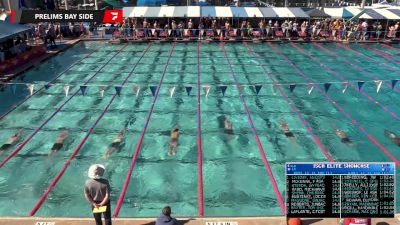 Replay: Prelims Bay Side - 2024 ISCA East Coast Elite Showcase | Apr 5 @ 8 AM
Replay: Prelims Bay Side - 2024 ISCA East Coast Elite Showcase | Apr 5 @ 8 AMApr 5, 2024
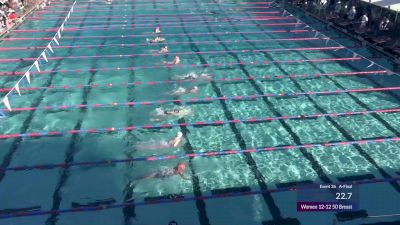 Replay: Finals - 2024 ISCA East Coast Elite Showcase | Apr 4 @ 4 PM
Replay: Finals - 2024 ISCA East Coast Elite Showcase | Apr 4 @ 4 PMApr 5, 2024